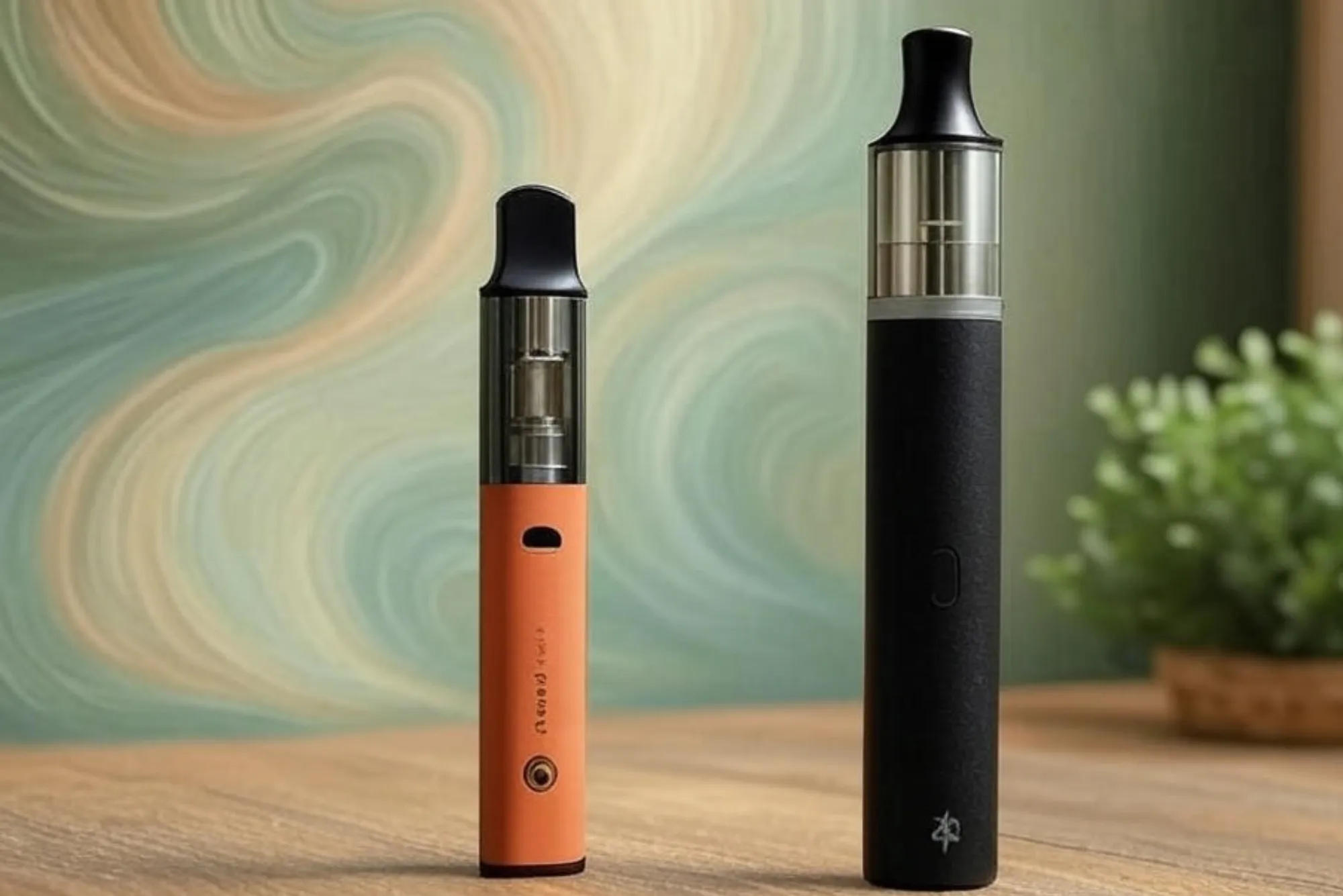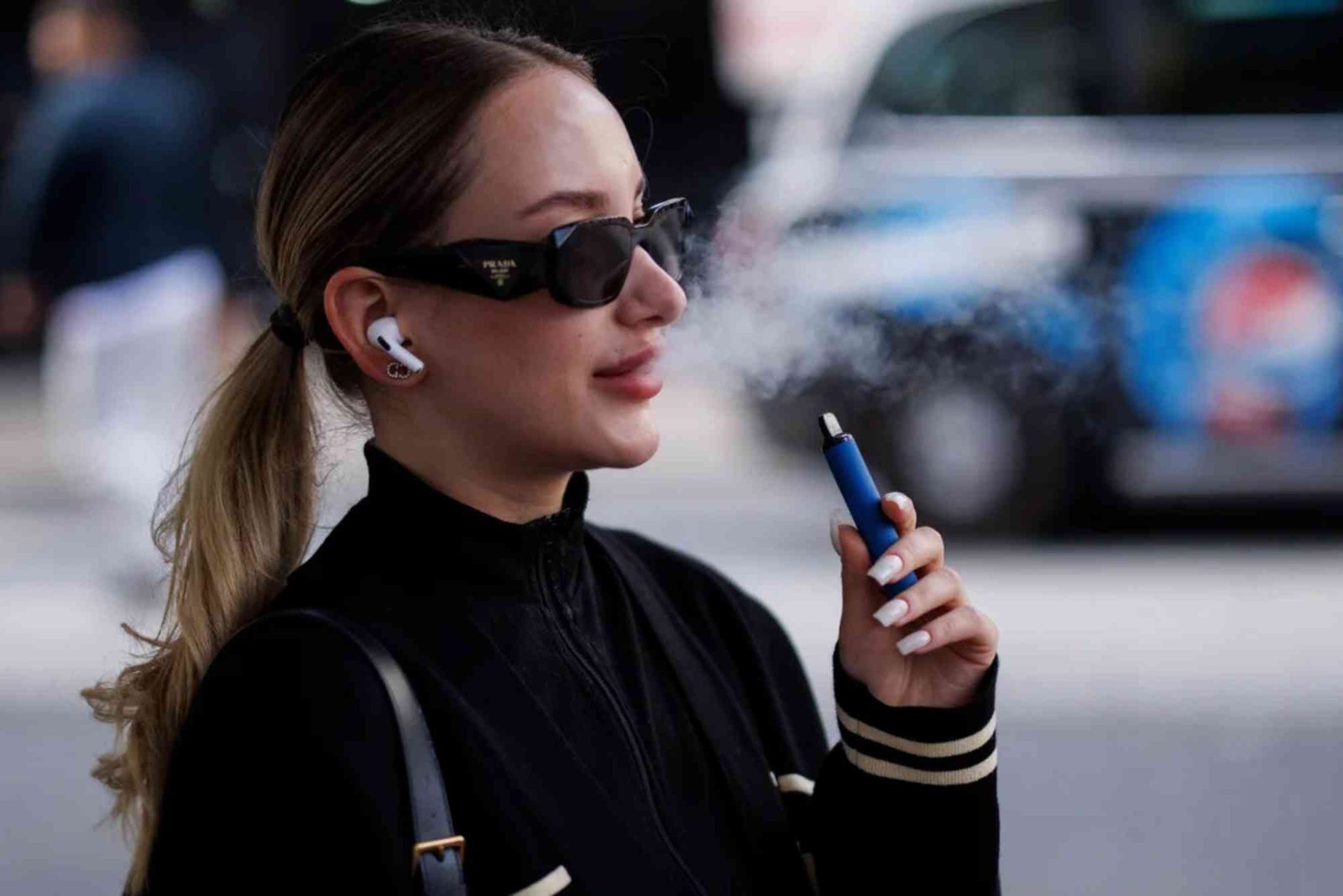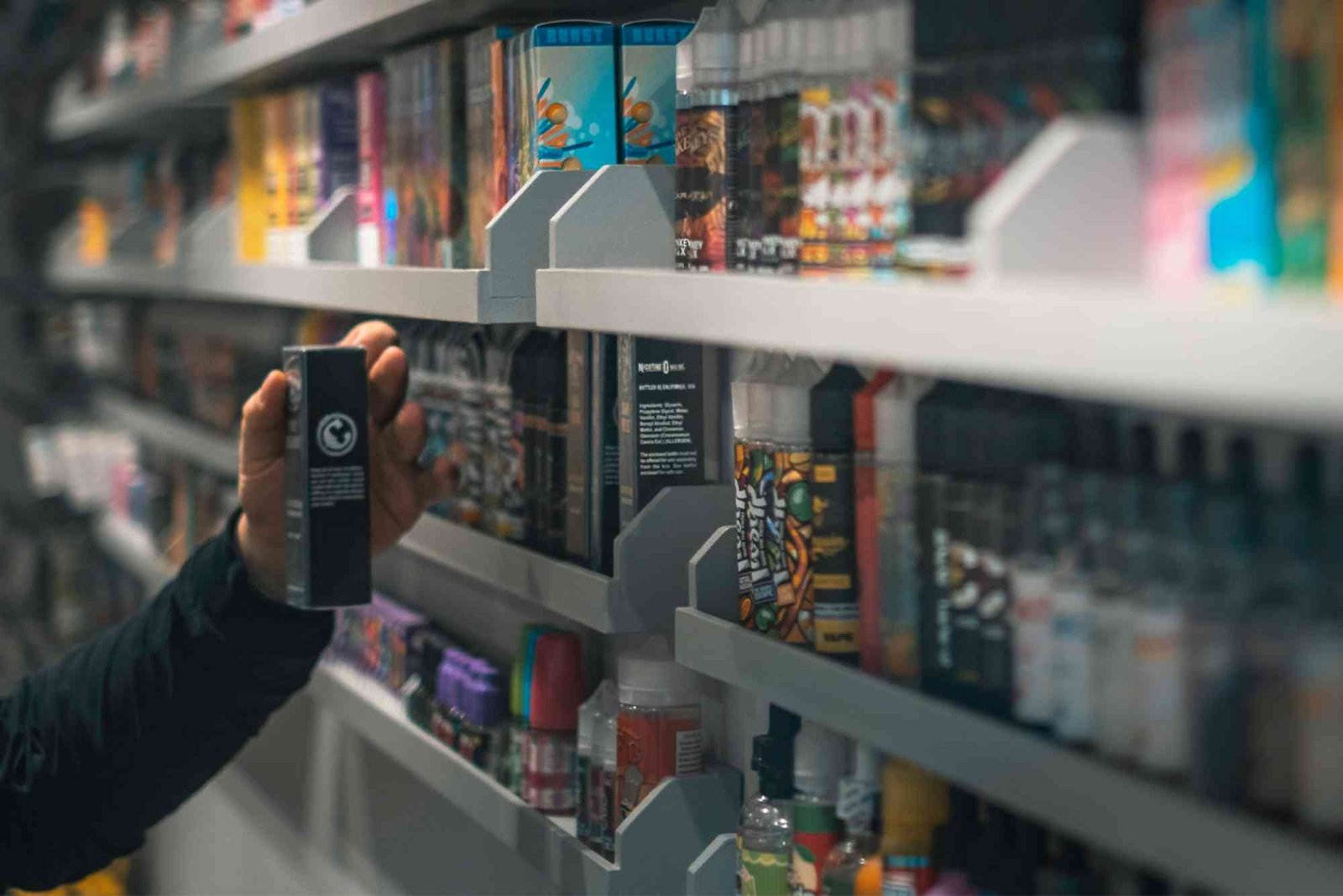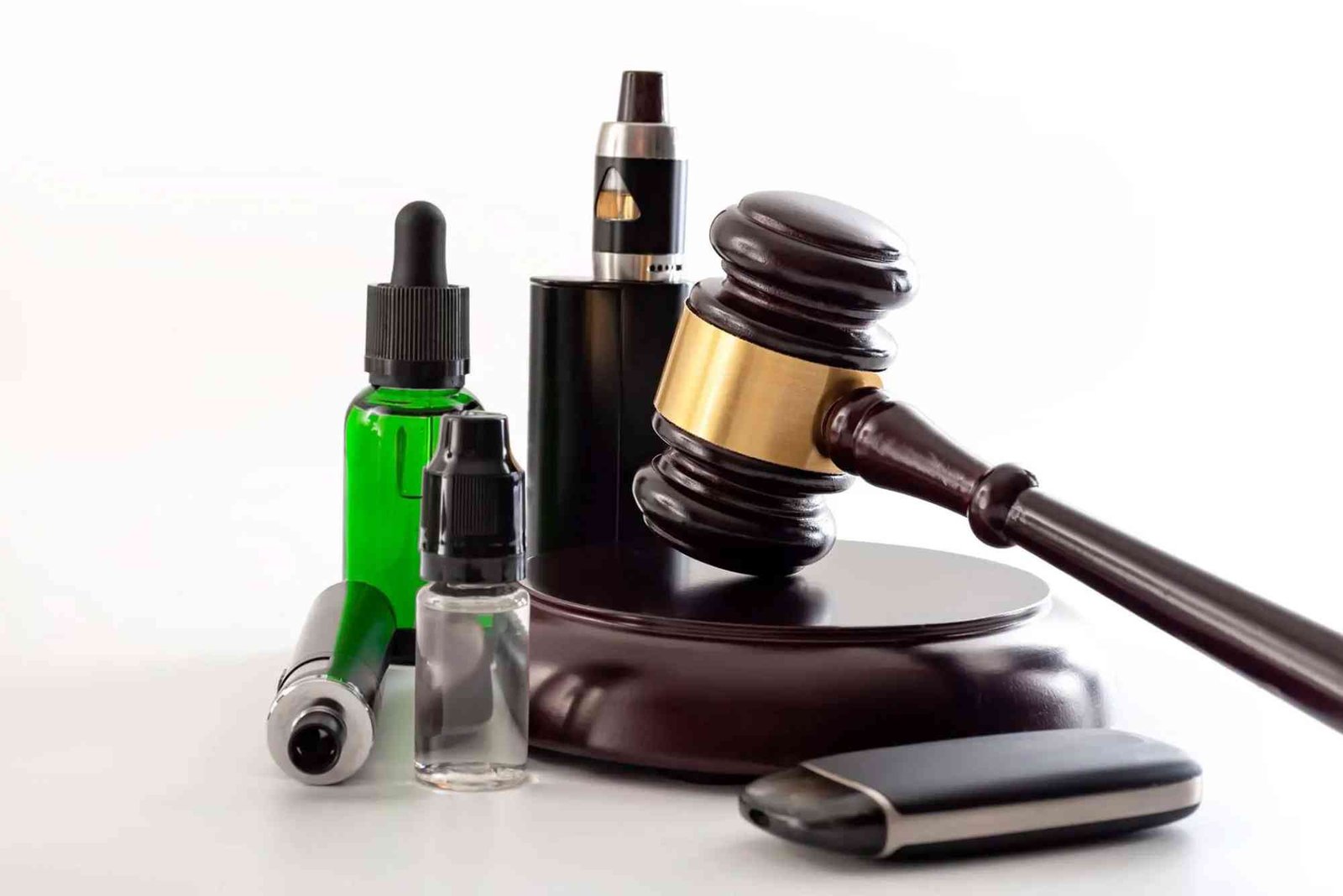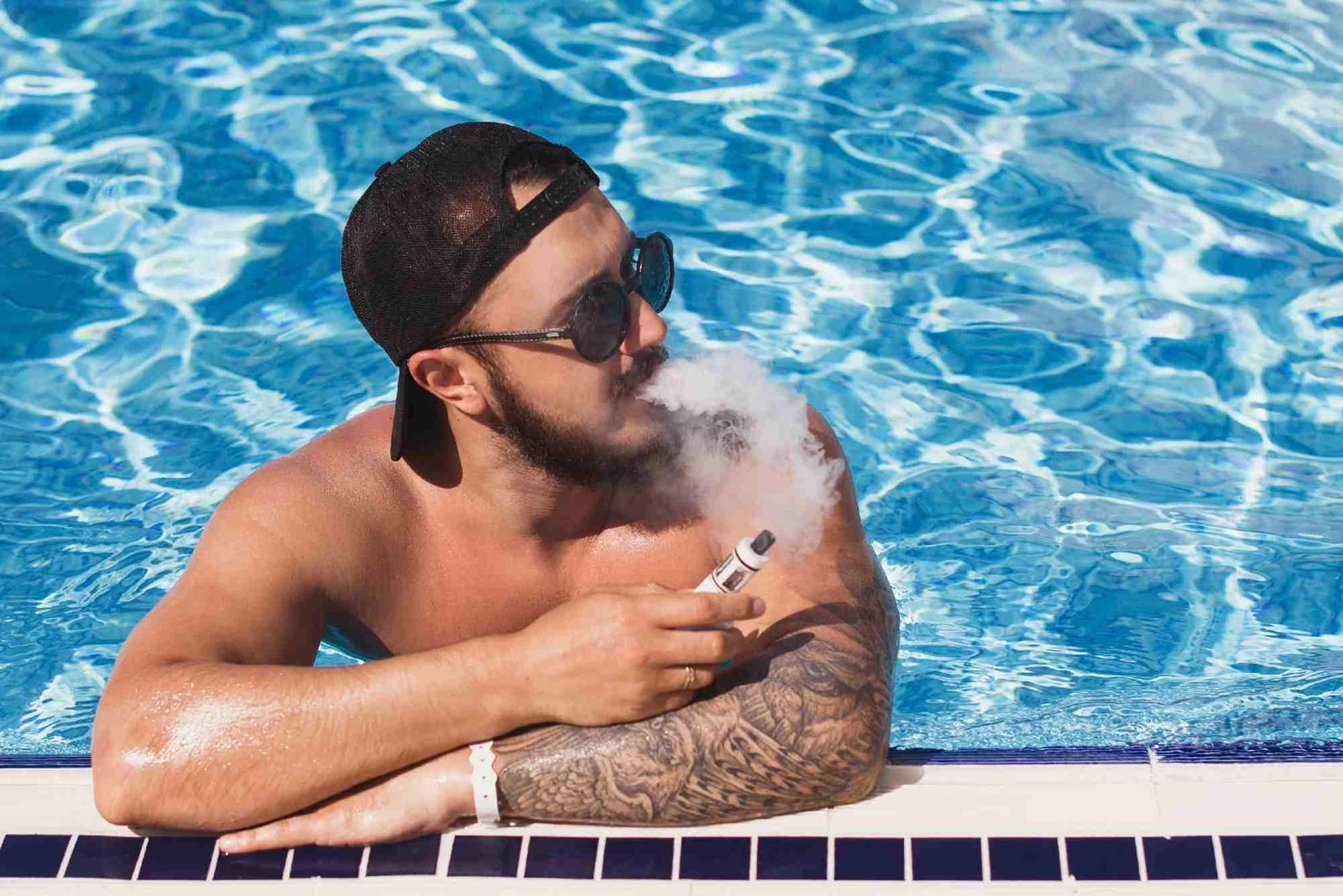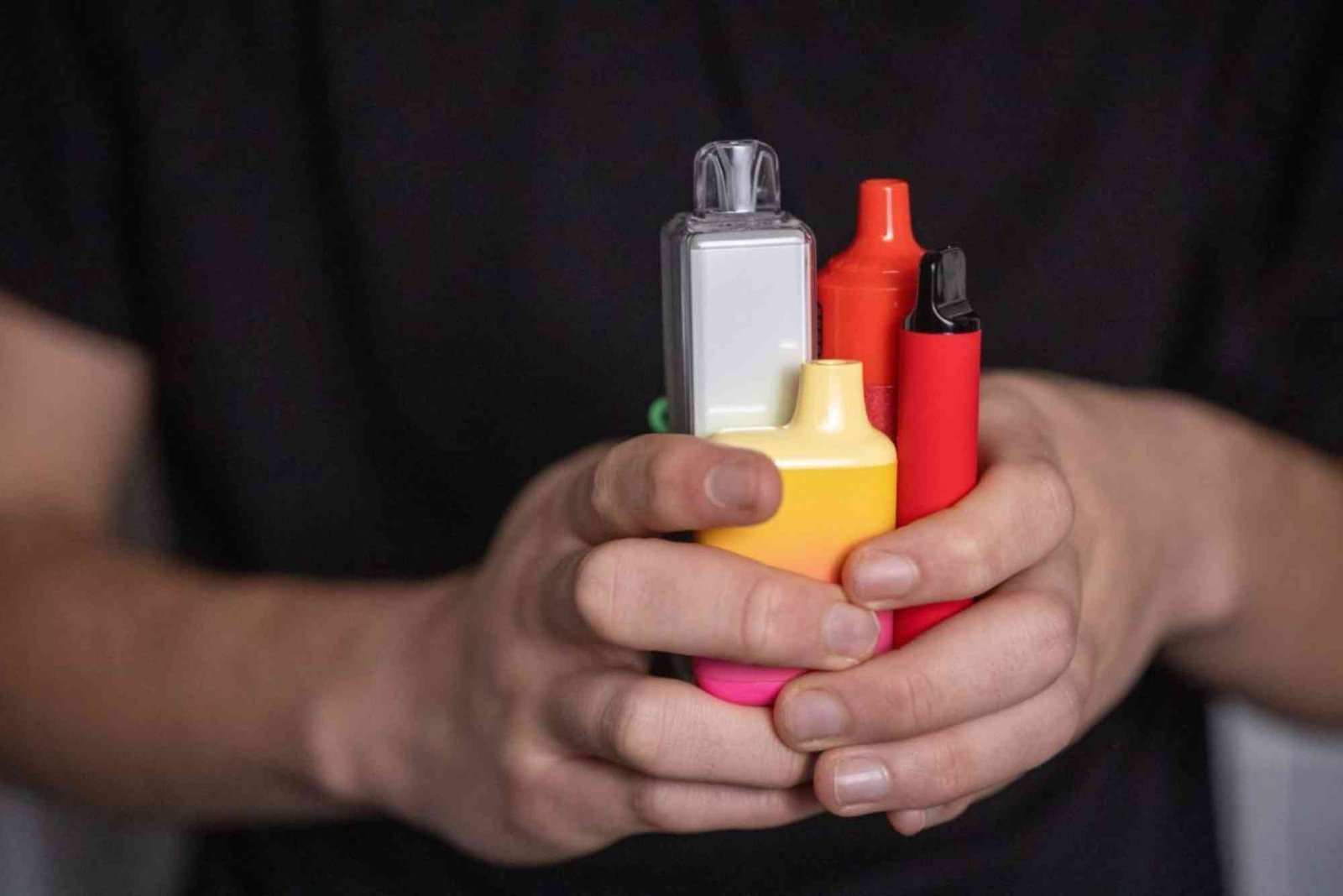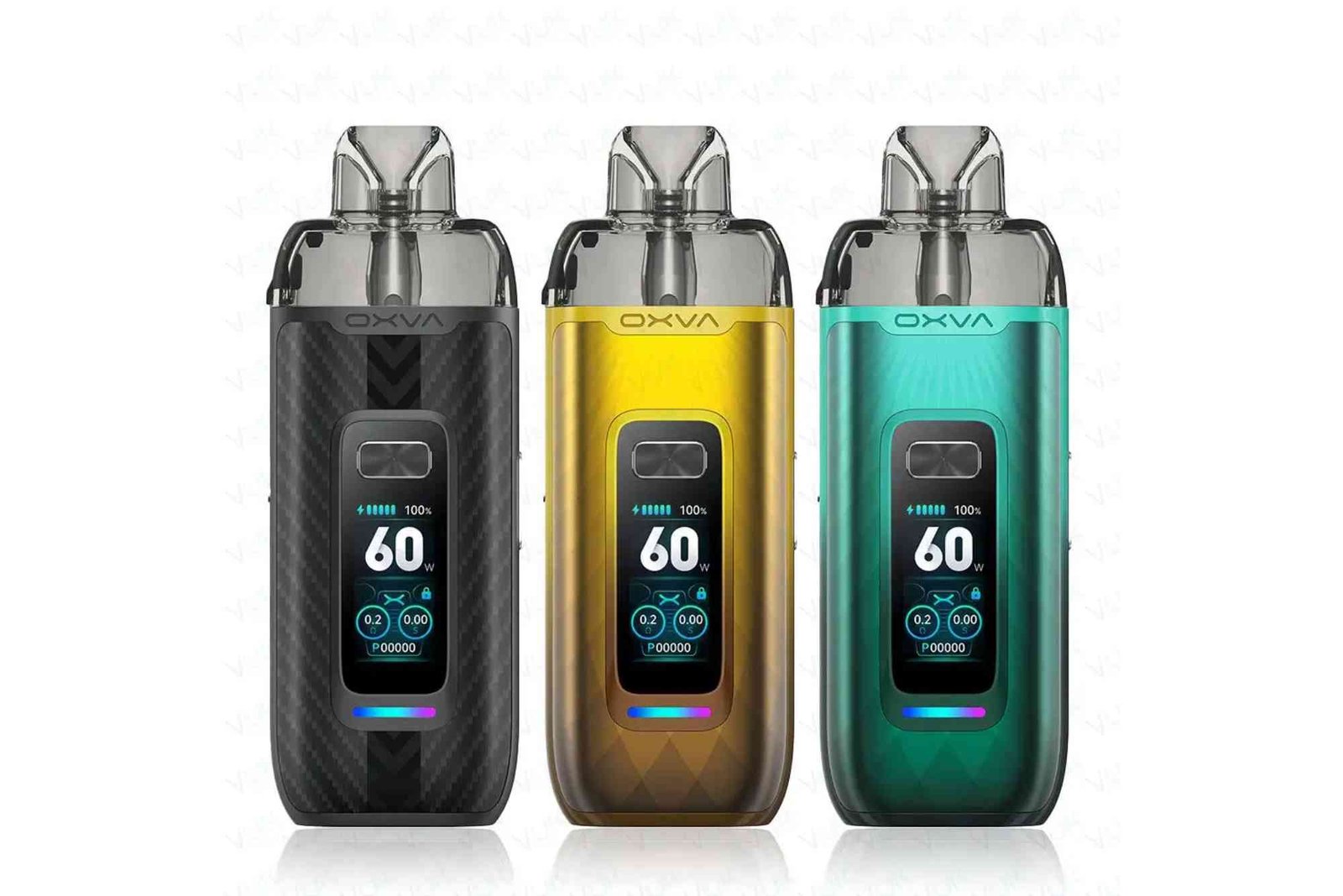The Role of Wattage in Vaping: How to Adjust for Best Results
When you first step into the world of vaping, the sheer number of settings can be overwhelming. Among these, wattage stands out as one of the most important factors in determining how your vape performs. Wattage affects flavor intensity, vapor production, throat hit, and even the lifespan of your coil. If you’ve ever wondered why your vape tastes burnt one day and perfectly smooth the next, chances are it has something to do with your wattage settings. Adjusting vape wattage correctly is not just about trial and error; it’s about understanding how it works and making informed changes for the best results.
Understanding What Vape Wattage Means
Wattage refers to the amount of power sent from your vape’s battery to the coil. In simple terms, it’s the energy that heats the coil, which in turn vaporizes your e-liquid. Higher wattage means the coil heats up faster and hotter, producing warmer vapor and potentially more flavor, but it can also consume more e-liquid and shorten coil life. Lower wattage, on the other hand, produces cooler vapor and can be gentler on coils, but might deliver less intense flavor. Most modern devices allow you to adjust wattage manually, giving you control over your vaping experience.
Why Wattage Matters in Vaping
The wattage you choose directly affects several aspects of your vape. Flavor is perhaps the most noticeable change. Too low, and flavors can feel muted; too high, and you risk burning the e-liquid, leading to an unpleasant burnt taste. Vapor production is also impacted—higher wattages typically produce larger clouds, which cloud-chasers often prefer. Coil longevity is another key factor. Excessive wattage can cause coils to burn out faster, especially if you are exceeding the manufacturer’s recommended range. Battery life also varies; higher wattage drains your battery more quickly, while lower wattage can extend usage time between charges.
How to Know the Right Wattage for Your Device
Most coils come with a recommended wattage range printed on the coil or its packaging. This range is where the coil performs best without compromising flavor or longevity. Starting at the lower end of the range and slowly increasing wattage lets you find your personal sweet spot. This gradual approach is essential because every e-liquid behaves differently, and even two coils of the same model can have slight performance variations.
Step-by-Step Guide to Adjusting Vape Wattage
Start Low and Go Slow
Begin at the lowest recommended wattage for your coil. This reduces the risk of burning your coil prematurely and gives you a baseline to work from.
Increase Gradually
Increase your wattage in small increments, usually 2–5 watts at a time. After each adjustment, take a few puffs to gauge changes in flavor, vapor temperature, and throat hit.
Watch for Warning Signs
If you notice a burnt taste, excessive heat, or a drop in flavor quality, you’ve likely pushed the wattage too high. Dial it back to the last comfortable setting.
Balance Flavor and Vapor
Your ideal wattage depends on whether you prioritize flavor richness or cloud production. Adjust until you find a balance that satisfies your preferences.
The Impact of E-Liquid on Wattage Settings
Different e-liquids perform best at different wattages. High VG (vegetable glycerin) liquids are thicker and usually need higher wattages to vaporize properly. High PG (propylene glycol) liquids are thinner, delivering a sharper throat hit at lower wattages. Flavored liquids also vary—dessert or custard flavors might need more power to bring out their richness, while menthol and fruit flavors often shine at lower settings.
Common Mistakes When Adjusting Vape Wattage
One common mistake is ignoring the coil’s recommended wattage range. Running your device above this range not only risks coil damage but can also compromise safety. Another error is making large jumps in wattage rather than gradual changes, which can shock the coil and cause burnt hits. Some vapers also forget to prime their coil—saturating the wick with e-liquid before vaping—leading to instant coil damage when wattage is applied.
Safety Considerations When Changing Wattage
Always ensure your device is compatible with the wattage you’re using. Low-resistance coils are designed for higher wattages, while high-resistance coils are better suited for lower wattages. Overpowering your coil can lead to overheating, battery strain, or even device failure. Modern devices often have safety protections, but it’s still best to understand and respect the limits of your gear.
Wattage and Coil Resistance Relationship
Coil resistance, measured in ohms, works hand-in-hand with wattage. Low-ohm coils (sub-ohm) heat up faster and are ideal for direct-to-lung vaping at higher wattages. High-ohm coils heat more slowly, producing cooler vapor suitable for mouth-to-lung vaping at lower wattages. Understanding this relationship can help you match the right wattage to your preferred vaping style.
Adjusting Vape Wattage for Different Styles
Mouth-to-Lung (MTL) Vaping
MTL vaping mimics the sensation of smoking a cigarette. It works best with higher resistance coils and lower wattage, usually between 10–20 watts. This style enhances flavor without overwhelming vapor production.
Direct-to-Lung (DTL) Vaping
DTL vaping is all about big clouds and bold flavors. It requires lower resistance coils and higher wattages, often between 40–100 watts, depending on the coil’s rating and your preference.
How Temperature Control Differs from Wattage Adjustment
Some devices offer temperature control mode, which regulates coil temperature instead of wattage. While adjusting wattage indirectly affects coil temperature, temperature control maintains a consistent heat level, reducing the risk of burnt hits. Many advanced vapers prefer wattage mode for its flexibility, but temperature control can be helpful for those prone to chain vaping or using sensitive flavors.
The Role of Personal Preference in Wattage Adjustment
While there are guidelines and technical limitations, personal taste ultimately decides the best wattage for you. Some vapers prefer cooler, smoother hits, while others enjoy the warmth and intensity of higher wattage vaping. Experimentation is key. Keeping notes of your settings with different e-liquids can help you quickly dial in your preferred experience each time you change flavors or coils.
Troubleshooting Wattage-Related Vape Problems
If your vape feels too hot, produces burnt tastes, or drains the battery too quickly, lower your wattage. If flavor is weak, vapor is thin, or the device feels underpowered, increase your wattage slightly within the safe range. Always re-check coil compatibility before making changes.
Mastering Wattage for the Perfect Vape
Adjusting vape wattage is both a science and an art. Understanding how wattage affects flavor, vapor, coil life, and safety gives you the power to customize your vaping experience fully. By starting low, increasing gradually, and paying attention to the signs your device gives you, you can find the perfect balance for your needs. Remember, there’s no one-size-fits-all setting—what works for one person may not work for another. The key is to experiment within safe limits until you find the sweet spot that delivers the flavor, vapor, and satisfaction you’re after.
FAQs
What happens if I set my vape wattage too high?
Setting your wattage too high can overheat your coil, burn your e-liquid, and produce harsh or burnt-tasting vapor.
Can I use the same wattage for all e-liquids?
No, different e-liquids perform best at different wattages, depending on their VG/PG ratio and flavor profile.
Is higher wattage always better for vaping?
Not necessarily. Higher wattage can boost flavor and vapor but may reduce coil life and battery duration.
How do I know my wattage is too low?
If vapor production is weak and flavor feels muted, your wattage might be too low for your coil and e-liquid combination.


